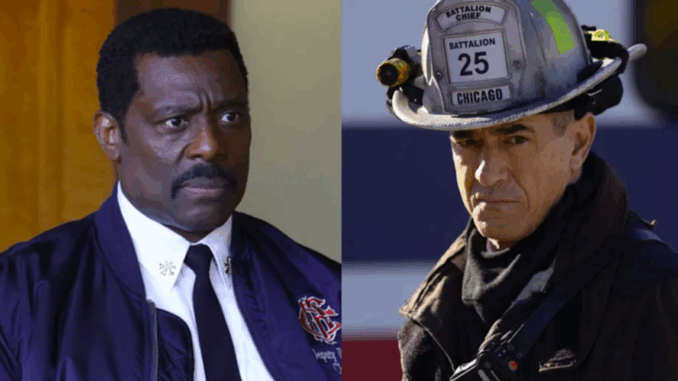
At Firehouse 51, grief isn’t a guest—it’s a tenant.
Over the years, Chicago Fire has lost some of its most beloved characters, from the gut-wrenching departure of Leslie Shay to the quiet, emotional farewell to Otis. But what sets this series apart isn’t simply who it loses—it’s what it does with that loss.
Each tragedy leaves a visible scar, yet the characters don’t wallow. They honor. They adapt. When Shay died, her memory echoed through the firehouse—not as a ghost, but as a part of the living culture. Her name remained spoken. Her locker untouched for months. With Otis, the pain manifested in Cruz’s quieter moments—a man who smiled less and fought harder to protect his crew.
Chicago Fire has never let death be a plot device. It’s a transformation tool. The way Boden holds his team together, the way Herrmann masks pain with humor, the way Kidd leads with empathy—these aren’t random traits. They’re born of shared grief.
In a genre that often resets after trauma, Chicago Fire carries its ghosts forward. And that’s what makes Firehouse 51 feel real. They don’t just fight fires. They survive each other’s worst days, over and over again.
